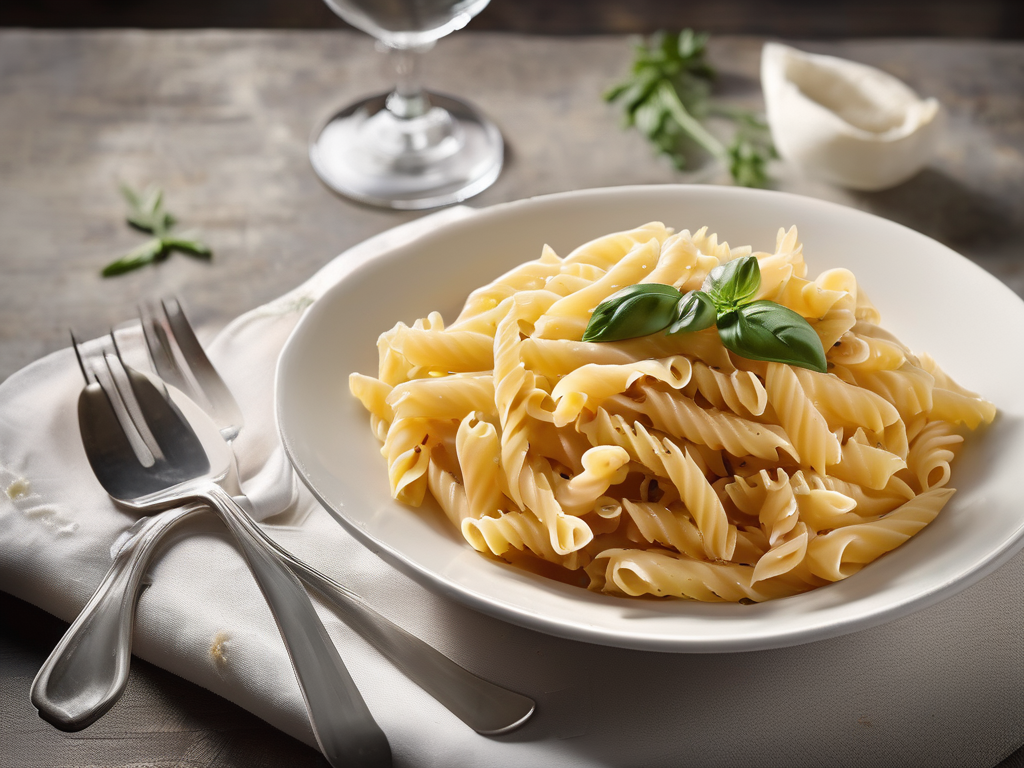
The Ultimate Guide to Pasta Shelf Life
Get Your Free Food Safety Cheat Sheet
30 most common foods with instant answers. Print it and stick it on your fridge—completely free!
The Ultimate Guide to Pasta Shelf Life
Pasta is a versatile and pantry-staple food that can be found in kitchens around the world. Whether you prefer spaghetti, penne, or fusilli, pasta can be a quick and delicious meal option. But have you ever wondered about the shelf life of pasta? In this comprehensive guide, we will explore everything you need to know about storing and maintaining the freshness of pasta. (Pasta)
Understanding Pasta Shelf Life
Pasta is a non-perishable food item that has a long shelf life if stored properly. The shelf life of pasta can vary depending on the type of pasta and how it is stored. Here are some key points to keep in mind:
Factors Affecting Pasta Shelf Life
- Type of Pasta: Different types of pasta, such as dried or fresh pasta, can have varying shelf lives.
- Storage Conditions: Proper storage is crucial in extending the shelf life of pasta.
- Packaging: The type of packaging can also impact the shelf life of pasta.
Shelf Life of Different Types of Pasta
Dried Pasta
- Unopened Package: Can last for 1-2 years past the expiration date.
- Opened Package: Best consumed within 1 year for optimal quality.
Fresh Pasta
- Refrigerated: Should be consumed within 3-4 days.
- Frozen: Can last for 1-2 months.
Homemade Pasta
- Refrigerated: Use within 1-2 days.
- Frozen: Can last for up to 2 months.
Storing Pasta for Maximum Freshness
Proper storage is key to maintaining the quality and freshness of pasta. Here are some tips to ensure your pasta stays fresh:
Storage Tips
- Keep it in a Cool, Dry Place: Store pasta in a cool, dry pantry away from moisture and heat.
- Sealed Container: Transfer pasta to an airtight container or resealable bag to prevent moisture and pests.
- Avoid Sunlight: Keep pasta away from direct sunlight to prevent it from becoming stale.
Freezing Pasta
- Dry Pasta: Can be stored in the freezer for up to 2 years.
- Fresh Pasta: Freeze in a single layer on a baking sheet before transferring to a freezer-safe bag.
Signs of Spoiled Pasta
It's important to know when pasta has gone bad to avoid consuming spoiled food. Here are some signs that indicate pasta may have spoiled:
Spoilage Indicators
- Mold: Any visible mold growth on pasta indicates spoilage.
- Off Smell: If pasta smells rancid or off, it should be discarded.
- Texture Changes: Slimy or sticky texture is a sign of spoilage.
Conclusion
In conclusion, understanding the shelf life of pasta and proper storage methods are essential for enjoying this beloved food item. By following the tips outlined in this guide, you can ensure that your pasta stays fresh and safe to eat. Remember to check the expiration dates, store pasta in suitable conditions, and be mindful of signs of spoilage. With these practices in place, you can confidently enjoy delicious pasta dishes without any concerns about food safety. Learn more about pasta here. (Pasta)
Related Posts
Here are some other articles you might find helpful:
Authoritative Food Safety References
These agencies and university labs inform every tip and health precaution we publish.
USDA FoodKeeper – Cold Storage Guidelines
Official refrigerator, freezer, and pantry timelines maintained by the U.S. Department of Agriculture.
Visit USDA FoodKeeperFDA Produce Safety Rule & Grower Guidance
Field-to-fridge handling practices that prevent contamination of fruits, vegetables, and leafy greens.
Visit FDA Produce SafetyCDC Foodborne Illness Prevention Hub
Surveillance-backed guidance on pathogens, symptoms, and steps to reduce foodborne illness risk.
Visit CDC Food SafetyUC Davis Postharvest Technology Center
University research detailing optimal storage atmospheres for produce after harvest.
Visit UC Davis PostharvestPenn State Extension – Home Food Preservation & Safety
Peer-reviewed extension bulletins on safe canning, chilling, and reheating practices.
Visit Penn State ExtensionGet Your Free Food Safety Cheat Sheet
30 most common foods with instant answers. Print it and stick it on your fridge—completely free! Want more? Upgrade to the complete guide with 70+ foods.
Scan your food directly and get instant safety info using our AI-powered camera feature.